Chili powder is a versatile spice blend made from dried chilies, often mixed with cumin, garlic, and other spices. Whether you're a seasoned home cook or just starting to explore global flavors, choosing the right chili powder can elevate your dishes from ordinary to extraordinary.
In this guide, we'll cover everything you need to know: heat levels, flavor profiles, types of chili powder, buying tips, storage hacks, and creative uses. Plus, a complete buying guide to help you find your perfect match.
Table of Contents
- What Exactly Is Chili Powder?
- Heat vs. Flavor: What's the Difference?
- 5 Popular Types of Chili Powder (and How to Use Them)
- Buying Guide: How to Choose the Right Chili Powder
- Top 10 Creative Ways to Use Chili Powder
- How to Store Chili Powder for Maximum Freshness
- Frequently Asked Questions About Chili Powder
- Final Thoughts
What Exactly Is Chili Powder?
Despite what its name suggests, chili powder isn't always made from a single type of chili. In fact, many commercial blends contain a mix of ground chilies, cumin, garlic powder, oregano, and sometimes even salt or other spices.
| Feature | Chili Powder | Chili Flakes |
|---|---|---|
| Texture | Fine, powdered | Rough, flaky |
| Heat Level | Moderate to high | Variable |
| Flavor Complexity | Often includes herbs/spices | Pure chili flavor |
| Best For | Rubs, marinades, soups | Oil infusions, sprinkling |
The beauty of chili powder lies in its versatility. It can range from mildly smoky to tongue-tinglingly hot, depending on the blend and origin. Authentic Mexican chili powders, like ancho or guajillo-based ones, tend to be purer, while American-style blends often lean toward Tex-Mex taco seasonings.
So, What's the Difference Between Chili Powder and Chili Flakes?
Heat vs. Flavor: What's the Difference?
One of the most common misconceptions about chili powder is that spiciness equals flavor. Not quite. While the Scoville scale measures the heat (capsaicin content), it doesn't account for depth of taste.
A good chili powder brings both fire and finesse. Here's how to tell them apart:
- Heat: Determined by the type and quantity of chili used.
- Flavor: Influenced by drying methods, roasting, and any added ingredients.
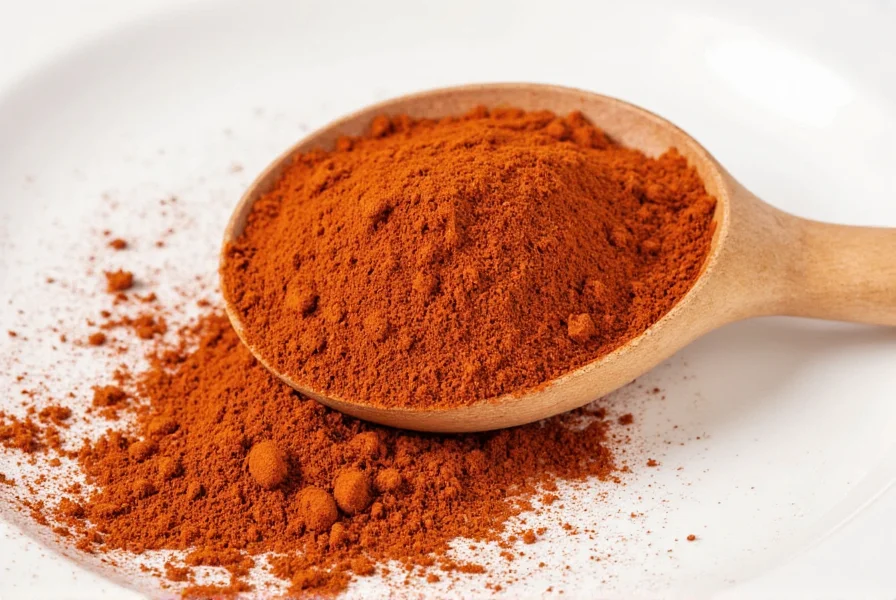
5 Popular Types of Chili Powder (and How to Use Them)
Ready to meet your new kitchen MVPs? These are five go-to chili powders every spice lover should know:
-
Ancho Chili Powder
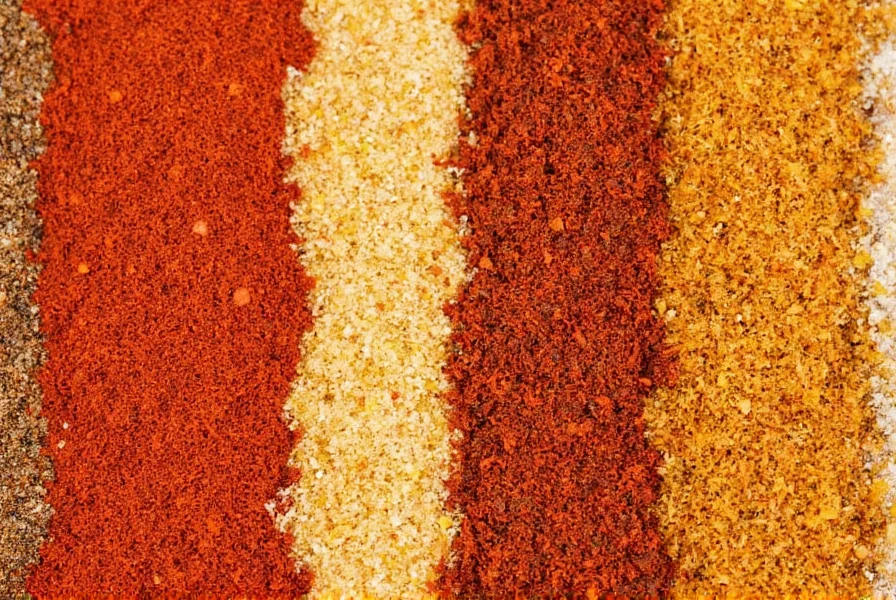
Mild with sweet, raisin-like notes. Perfect for mole sauces and slow-cooked stews.
-
Guajillo Chili Powder
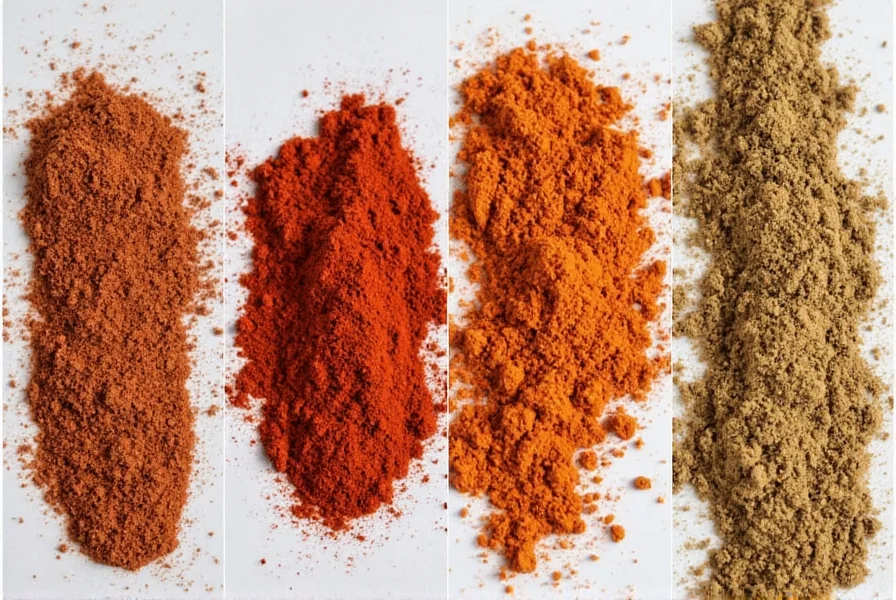
Bright, fruity, and moderately spicy. Great in salsas and marinades.
-
Chipotle Chili Powder
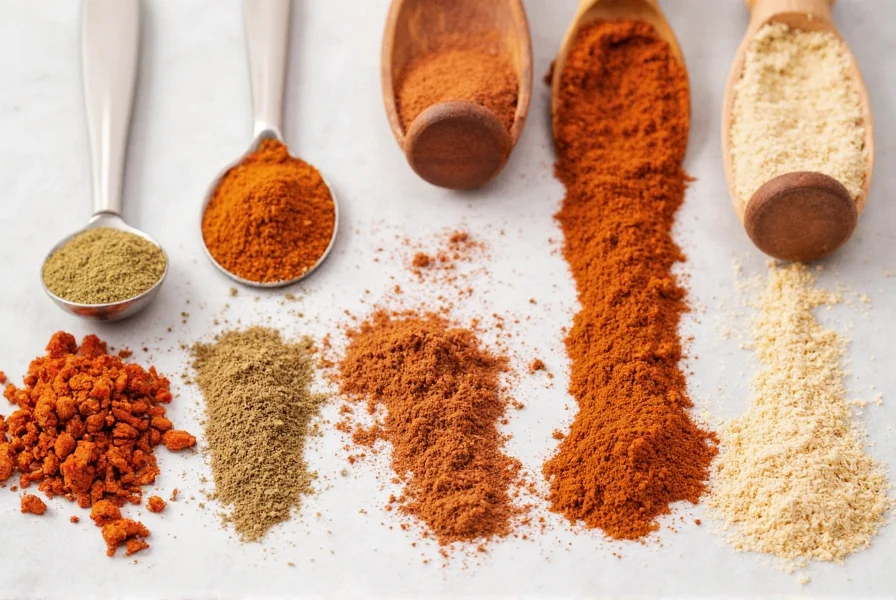
Smoky and bold. Ideal for BBQ rubs and creamy dips.
-
Cayenne Pepper
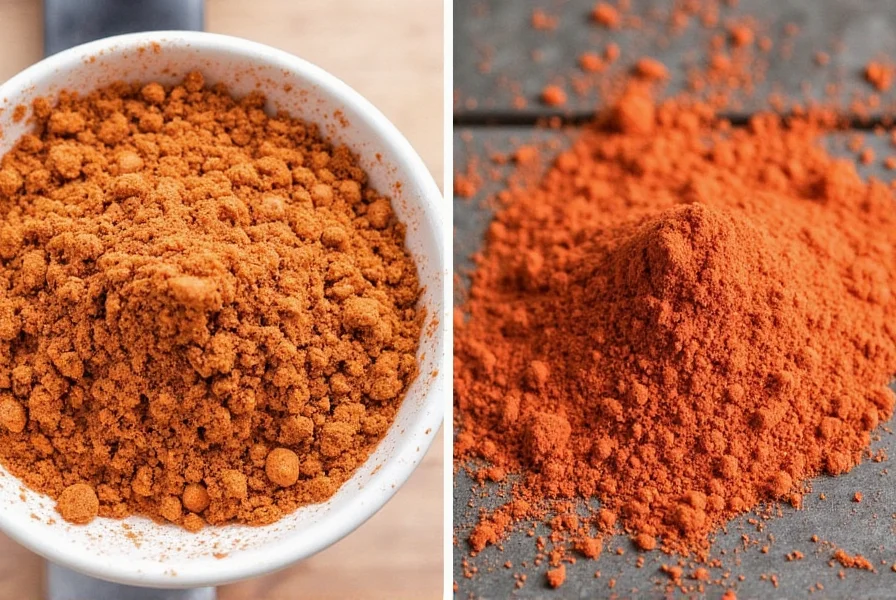
Hot and straightforward. Use sparingly for fiery dishes or health tonics.
-
Taco Seasoning Blends
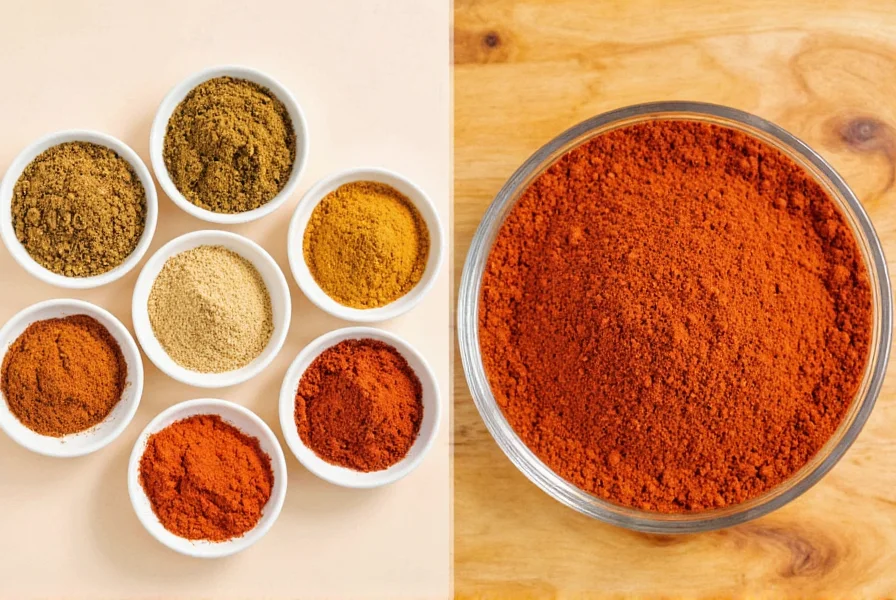
A ready-made mix of chili powder, cumin, garlic, and paprika. Instant flavor boost for tacos, beans, and casseroles.
Buying Guide: How to Choose the Right Chili Powder
Choosing the best chili powder depends on your cooking style, heat tolerance, and flavor preferences. Below is a breakdown of popular options with their pros, cons, and use cases:
| Product Name | Heat Level | Flavor Notes | Use Case | Best For | Occasion |
|---|---|---|---|---|---|
| McCormick Ground Chili Powder | Mild | Earthy, slightly sweet | All-purpose seasoning | Beginners and family meals | Weeknight dinners |
| La Flor Ancho Chili Powder | Low | Fruity, complex | Mole, sauces, soups | Traditional Mexican cooking | Weekend meal prep |
| Simply Organic Chipotle Chili Powder | Medium-High | Smoky, earthy | Grill rubs, dressings | BBQ lovers and adventurous cooks | Summer cookouts |
| Frontier Co-op Cayenne Pepper | Very High | Sharp, fiery | Hot sauces, medicinal uses | Heat-seekers and health enthusiasts | Detox recipes |
| Badia Traditional Chili Powder | Medium | Herbaceous, layered | Latin American dishes | Everyday Latin cuisine lovers | Anytime cooking |
Key Buying Tips
- Check Ingredients: Pure chili powder should list only one ingredient — dried ground chili. Avoid fillers if you want authentic flavor.
- Consider Heat Level: Start mild and build up the spice gradually.
- Packaging Matters: Airtight containers preserve potency longer than open packets.
- Brand Reputation: Trusted brands often source better-quality chilies.
Top 10 Creative Ways to Use Chili Powder
You don't need to stick to tacos! Here are 10 out-of-the-box ways to make the most of your chili powder:
- Add to Popcorn: Toss warm popcorn with melted butter and a sprinkle of chipotle powder.
- Spice Up Hot Chocolate: A pinch of ancho chili adds depth and warmth.
- Marinate Chicken: Mix with oil, lime, and garlic for a zesty grilled chicken rub.
- Season Fries: Sweet potato fries + chili-lime seasoning = instant magic.
- Kiss Your Eggs Goodbye: Sprinkle over scrambled eggs or avocado toast.
- Dress Up Hummus: Blend into hummus for a smoky twist.
- Boost Baked Goods: Chili chocolate brownies? Yes, please!
- Upgrade Guacamole: Add a kick to your favorite dip.
- Infuse Oil: Make homemade chili oil by steeping powder in olive or avocado oil.
- Sprinkle Over Fruit: Try it on mango slices or pineapple for a sweet-spicy snack.
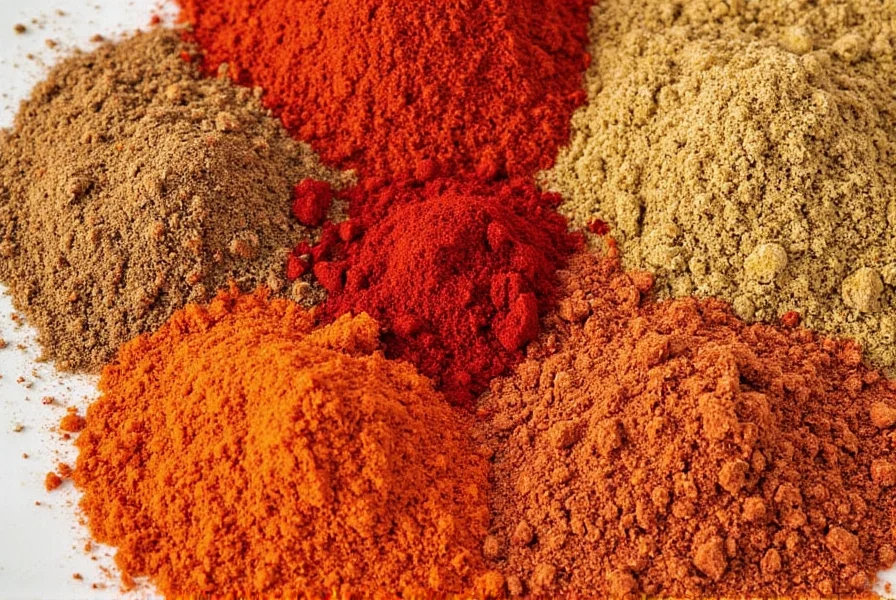
How to Store Chili Powder for Maximum Freshness
To keep your chili powder potent and aromatic, follow these easy storage rules:
- Keep it Cool: Store away from heat sources like the stove or oven.
- Avoid Moisture: Seal tightly to prevent clumping.
- Out of Sunlight: A dark pantry or cupboard works best.
- Label It: Note the purchase date to track freshness.
- Replace Every 6–12 Months: Ground spices lose potency over time.
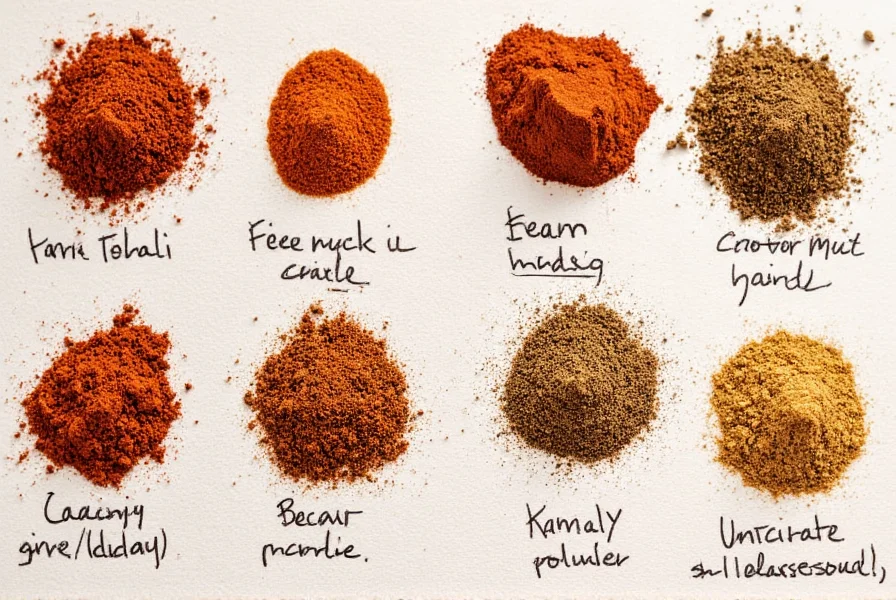
Frequently Asked Questions About Chili Powder
What's the #1 Secret to Selecting Authentic Chili Powder?
The secret is checking the ingredients list. True chili powder should contain only one ingredient: ground dried chilies. If you see fillers like flour, salt, or other spices, it's actually a chili seasoning blend. For authentic flavor, seek out single-origin powders like ancho or guajillo.
How Can I Amplify the Flavor (Not Just Heat) of My Chili Powder?
Toast your chili powder in a dry pan for 30-60 seconds before use. This simple technique releases essential oils and deepens the flavor profile without increasing heat. Just be careful not to burn it — the moment you smell the aroma, remove from heat.
What's the Chef's Secret for Storing Chili Powder to Maintain Potency?
Store it in an airtight container in a cool, dark place. Contrary to popular belief, freezing can introduce moisture that degrades quality. Proper storage preserves volatile oils for up to 12 months.
What's the Unexpected Ingredient That Complements Chili Powder Perfectly?
Dark chocolate! The bitterness and richness of high-cocoa chocolate creates a magical balance with chili powder's heat. This is why mole sauce combines both. Try adding a pinch of chili powder to chocolate desserts or a square of dark chocolate to chili con carne for depth.
What's the Little-Known Health Benefit of Chili Powder That Chefs Love?
Beyond metabolism boosting, capsaicin in chili powder enhances flavor perception, allowing chefs to use less salt while maintaining deliciousness. This "flavor amplifier" effect makes dishes taste more complex with fewer ingredients — a professional secret for creating vibrant, healthy cuisine.
Final Thoughts
Whether you're simmering a rich stew, grilling meats, or jazzing up your morning toast, chili powder deserves a permanent spot on your spice rack. From pure ancho to smoky chipotle, each variety brings something unique to the table — and now you're equipped to choose wisely.
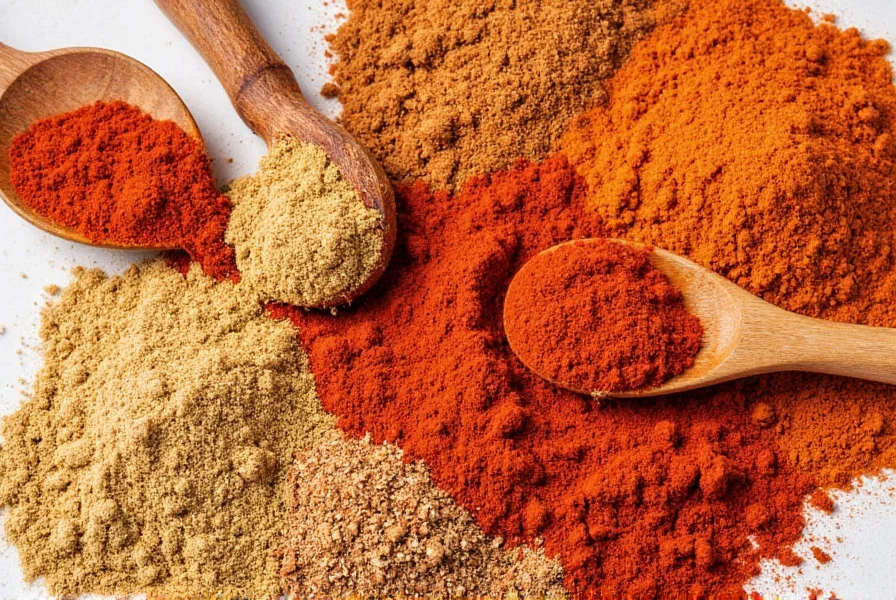
So next time you're shopping for spices, remember: the right chili powder can elevate your cooking from ordinary to unforgettable. Ready to ignite your kitchen?

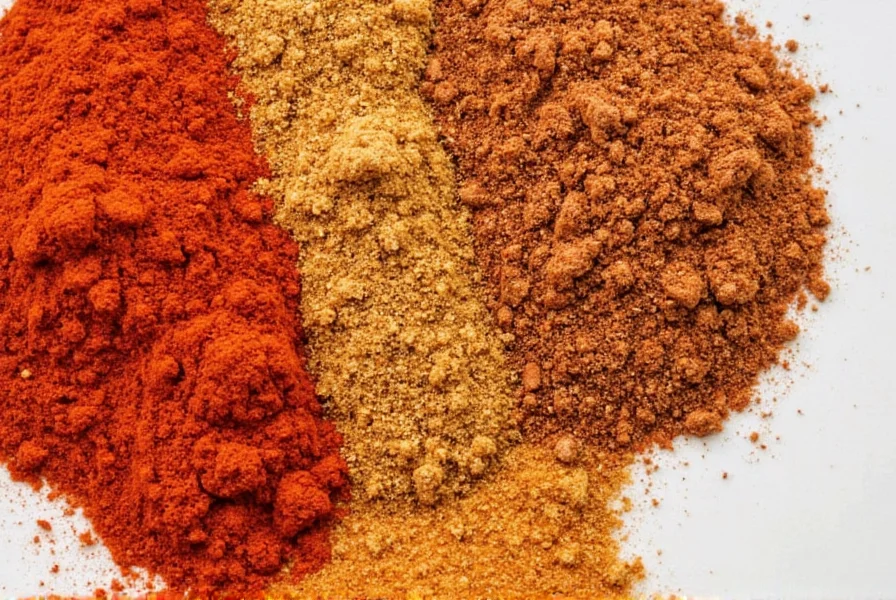









 浙公网安备
33010002000092号
浙公网安备
33010002000092号 浙B2-20120091-4
浙B2-20120091-4